TMS
Transcranial Magnetic Stimulation or TMS is used in our lab to monitor the neural signal as it travels from the brain to the muscle it controls.
We have used it to demonstrate acute brain changes as a consequence of soccer heading.
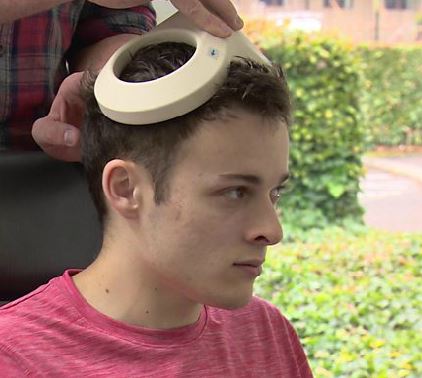
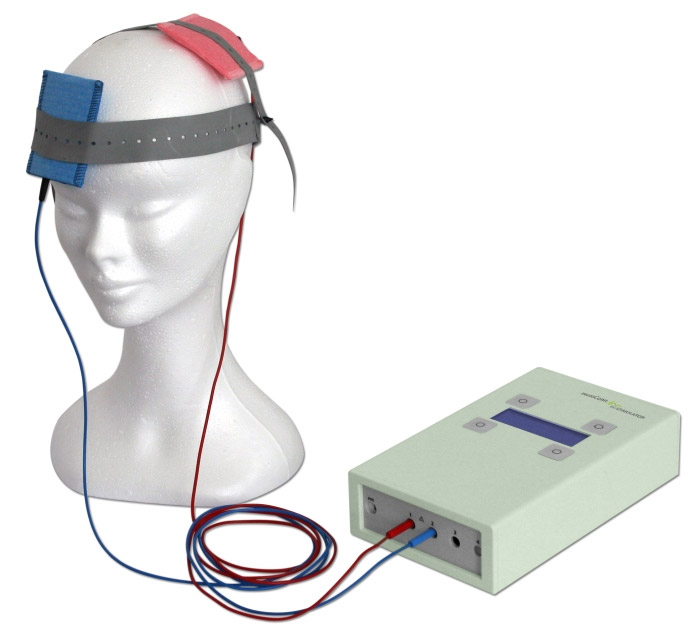
tDCS Brain Stimulation
Transcranial Direct Current Stimulation or tDCS is used in our lab to study how different parts of the brain represent cognitive function and how this relates to the damaged brain for example in stroke.
MRI Brain Imaging
Magnetic Resonance Imaging or MRI generates brain scans that we use in a number of ways: to looks at brain function, brain structure, and brain changes.
Stirling Brains is part of SINAPSE.
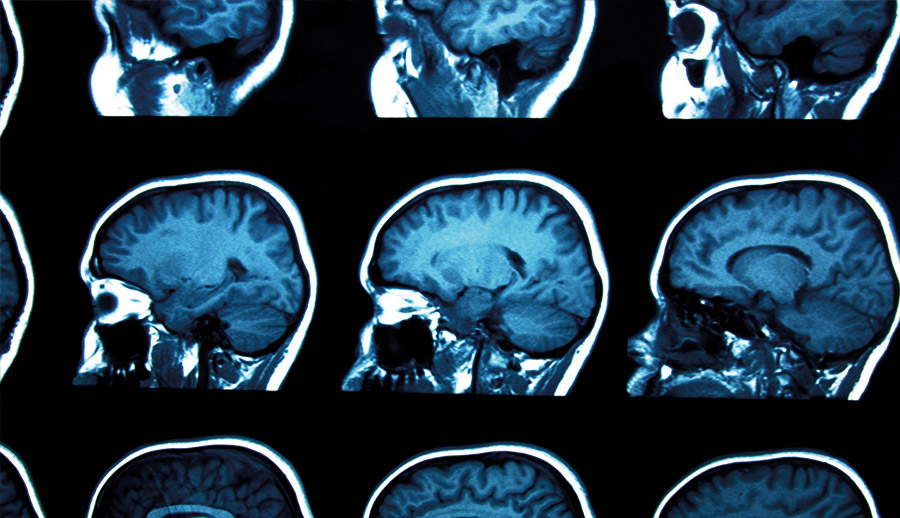
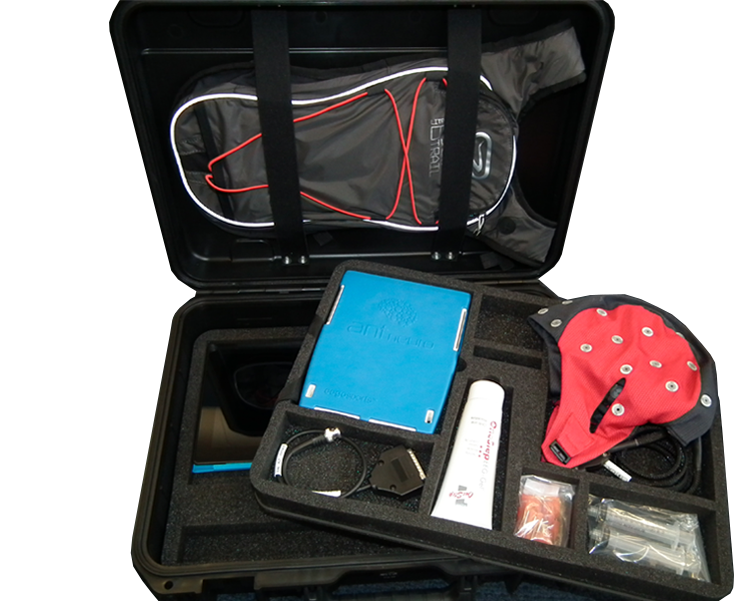
EEG
EEG and Event Related Potentials ERP measure electrical brain activity from scalp.
We are one of the first to use mobile EEG to assess the neural signal of real-world behaviour [www.mobilecognition.org]
fNIRS Brain Imaging
Using near-infrared light, fNIRS monitors blood flow changes in response to brain activation.
Suitable for a wide range of research issues fNIRS is powerful tool for brain measurement during motion in real-world contexts.
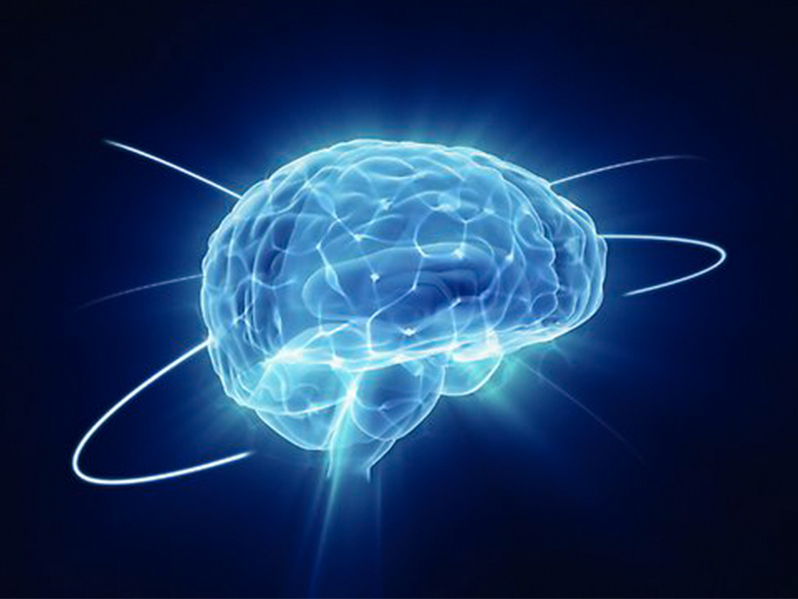
Eye-tracking
Eye-movement tracking is used by Stirling Brains to study how people make sense of the world around them.
Looking patterns are assessed in healthy volunteers, stroke patients, individuals with autism, and athletes.
Movement Analysis
3D motion capture or movement kinematics is used by Stirling Brains to evaluate stroke rehabilitation or social neuroscience in autism.
Combined with electromyography (EMG), motion capture is a proven technique well suited to our sport research program.
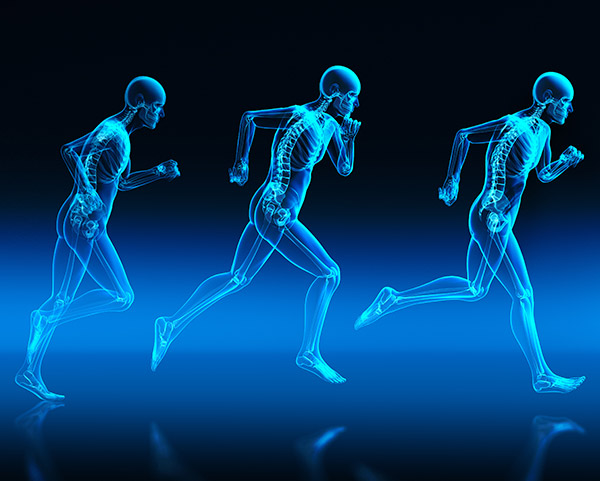
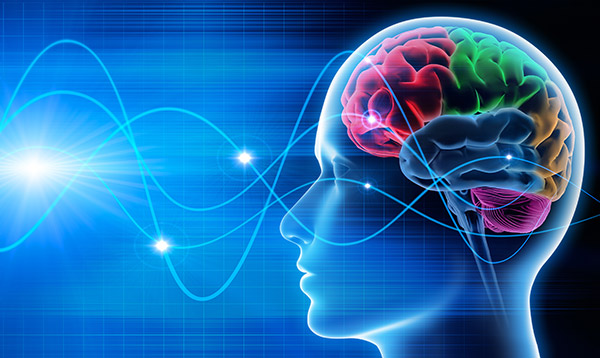
Memory & Cognitive Assessment
With its expert neuropsychology provision, Stirling Brains evaluates changes in cognitive function using standard neuropsychological assessment and the CANTAB computerised battery.

